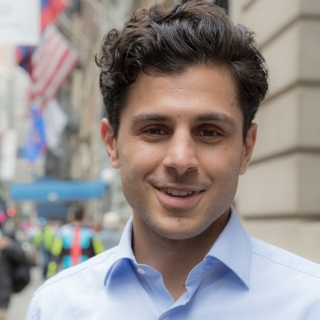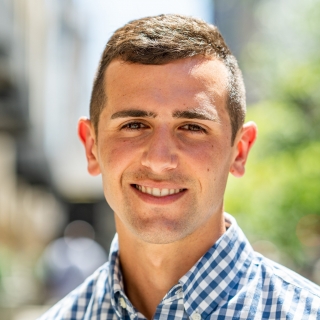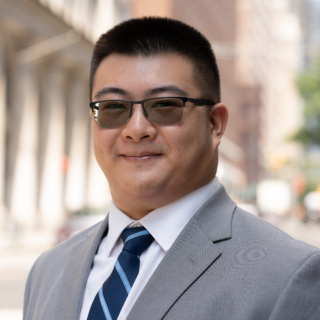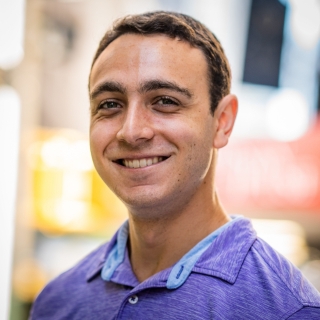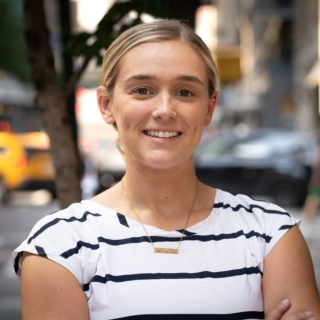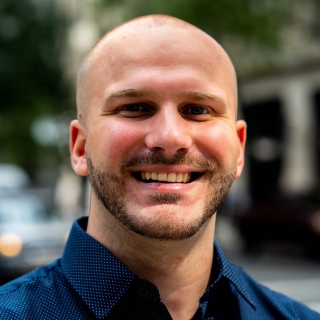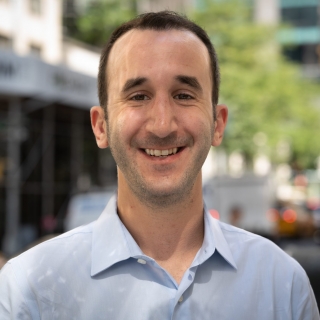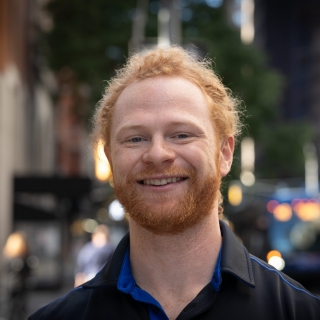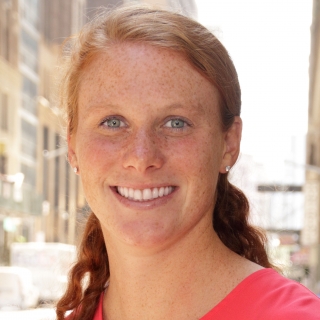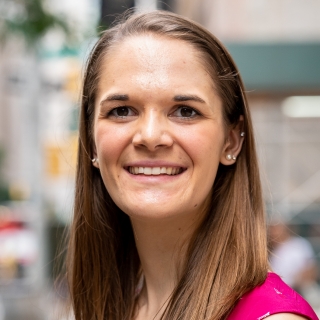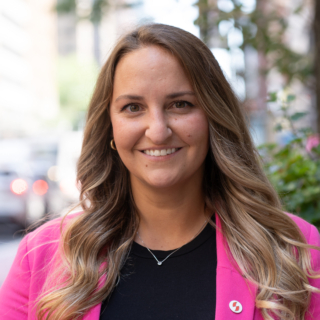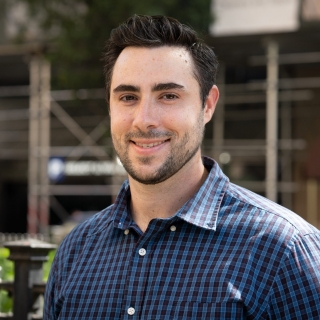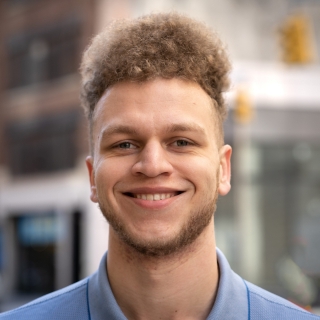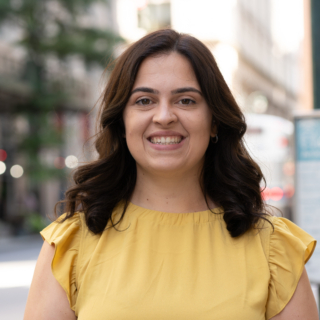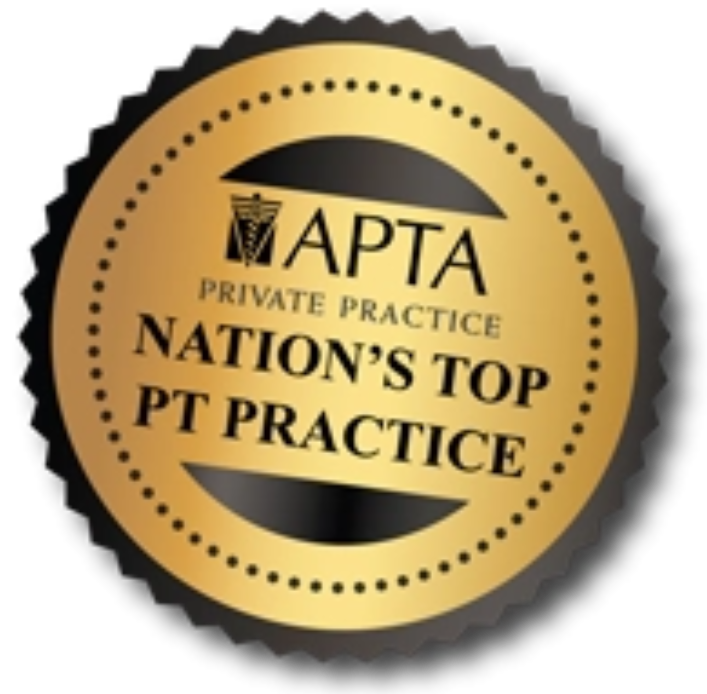Return to Play Testing
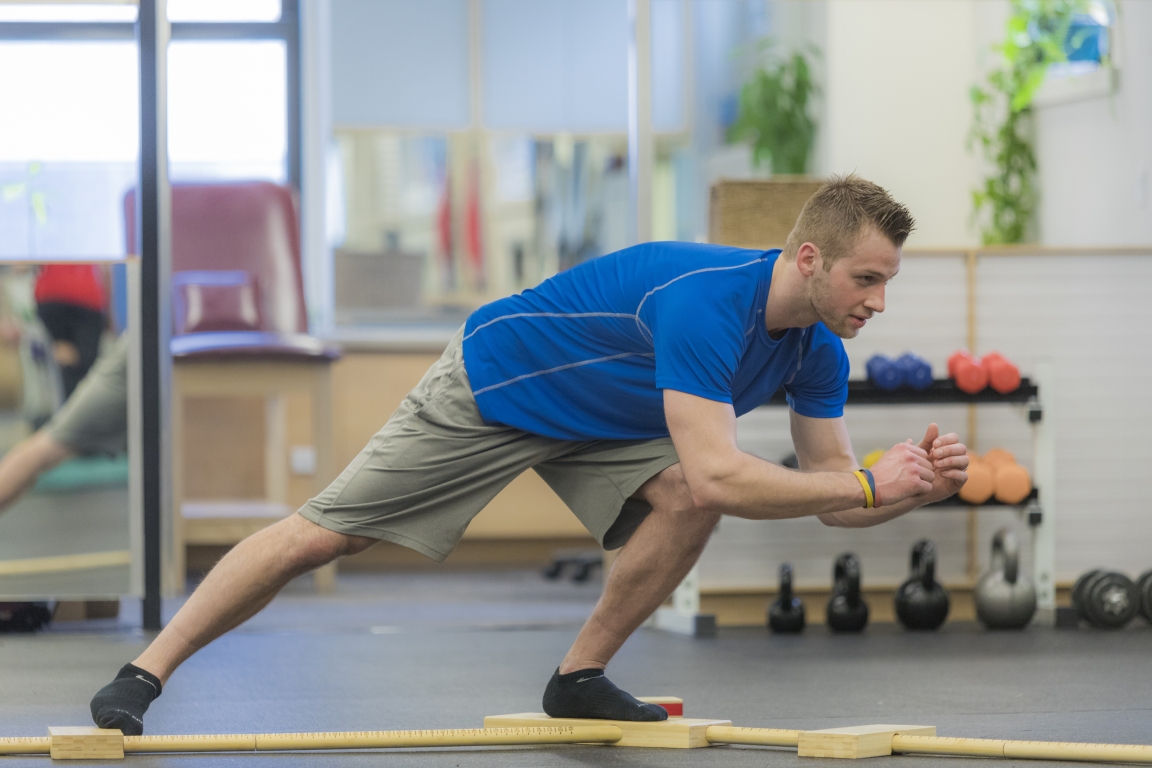
Tearing or spraining the Anterior Cruciate Ligament (ACL) is one of the most common injuries caused by sport participation. According to the American Physical Therapy Association (APTA), between 100,000 and 200,000 ACL reconstruction procedures are done each year. In these procedures, a surgeon uses tissue from the knee to make a new ligament in order to stabilize the knee and help the athlete return to sports and exercise.
Following an ACL injury, your physician will refer you to a Physical Therapist (PT) for rehabilitation, then work collaboratively with the PT to ensure that you are ready to resume your sport of choice.
Spear Physical Therapy performs evidence-based testing to help determine your readiness for returning to sports after ACL reconstruction. Without proper rehabilitation and return to play assessment, there is a very high likelihood of injury to the involved or even the uninvolved limb. “Return to Play” is also referred to as “Return to Sport.”
Who Can Benefit from Return to Play Testing?
Every athlete requires an individual intervention and testing program based on his/her goals and sport. ACL Return to Play Testing (also known as “RTP Testing”) is especially important for sports that involve pivoting and cutting, such as tennis, squash, soccer and basketball.
In addition to RTP Testing for ACL injuries, our therapists may also conduct Y-balance tests for other lower extremity injuries, such as twisted ankles in runners. (Note: this is not the same as RTP testing, which is much more in-depth and involves several other measurements to make a determination.)
Sports, ACL Injury & Return To Play
According to a study of high school athletes published in the National Institutes of Health’s Journal of Athletic Training, boys and girls share similar rates of ACL injury. During the study period (the academic years 2007-8 and 2011-12), there were more than 200,000 ACL injuries reported for student athletes from 100 U.S. high schools. The highest incidence of ACL injuries were:
- Girls’ soccer
- Football
- Girls’ basketball
When analyzed by gender, most boys injured an ACL playing Football, Soccer, and Basketball, while most girls did so playing Soccer, Basketball and Softball. (Adults follow similar lines when it comes to sports-related ACL injuries. The top sports for ACL injuries in adults? Basketball, soccer, football and skiing.)
How Does Return to Play Testing Work?
No matter what your sport, in order to evaluate readiness for return to play, we’ll first spend 20-30 minutes running and doing plyometrics in order to fatigue your muscles. In this fatigued state, we will perform a variety of evidence-based tests, which can take up to 60 minutes. Tests include:
- Hop testing
- Y-balance testing
- Quad strength and endurance measurements
- Movement efficiency with jumping and cutting
- Personalized assessment of the athlete’s limb confidence for returning to sports
Once testing is complete, we provide a comprehensive ACL Return-to-Play report that will assist your physician and other members of the sports medicine team in determining your readiness for returning to sports without any increased risk of injury.
What Happens If You Are NOT Ready to Return to Play?
If your Return to Play testing concludes that you are NOT yet ready to play sports, SPEAR ACL injury prevention therapy (strength training, plyometric training, and working on hopping and mechanics) will get you back to life, fast.
Note: The ideal time to consider Return to Play Testing is 9-12 months after ACL reconstruction surgery. (If there is anything worse than an ACL tear, it is a re-tear.) Most RTP patients come to SPEAR via physician referrals. However, anyone can come to Spear for ACL Return to Play Testing, with or without a referral.
How Much Does Return to Play Cost?
Return to Play testing is billed through insurance like a regular physical therapy session.

